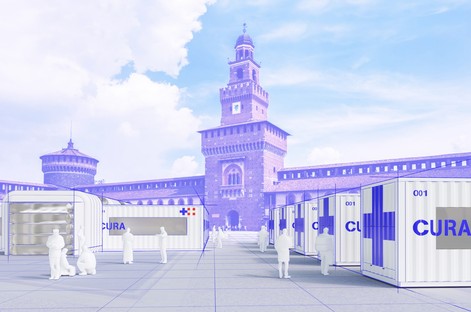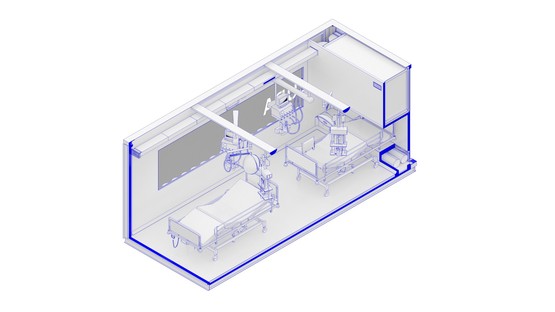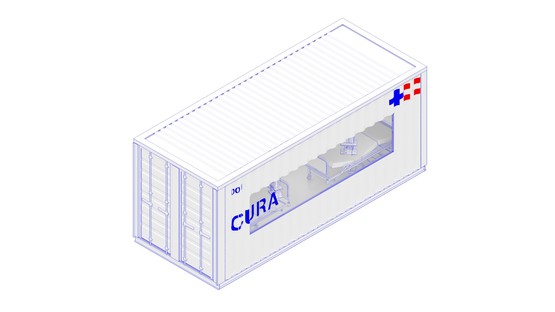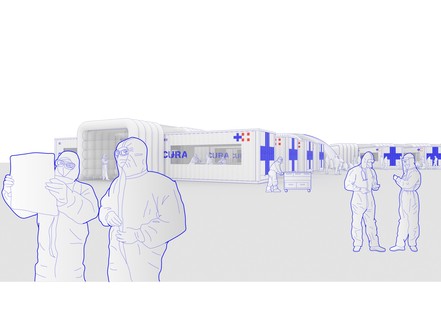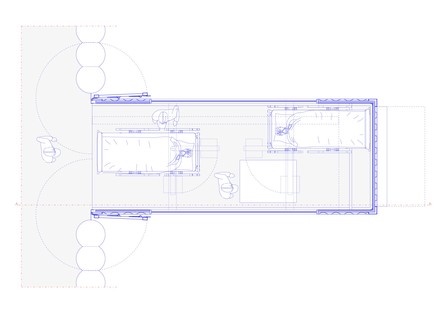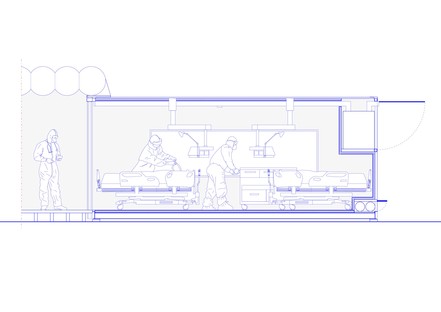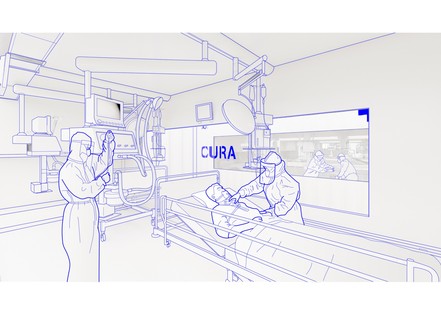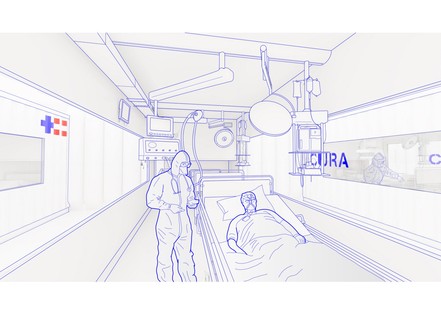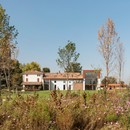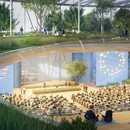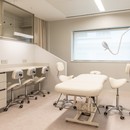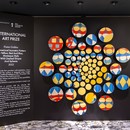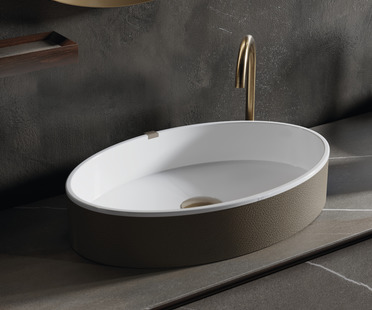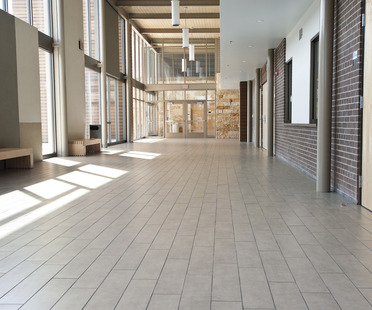30-03-2020
Architecture joins the battle against the Covid-19 virus
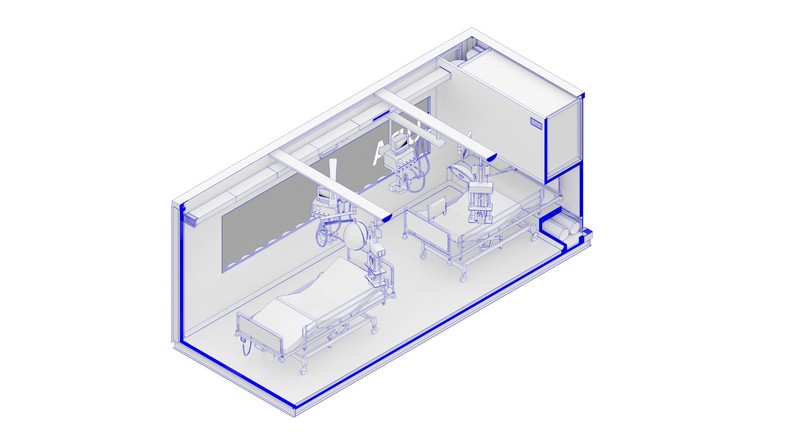
Reuse of containers for purposes other than shipping, the primary function for which these units are designed, is one form of intelligent recycling and sustainable architecture. Setting aside creative projects and residential units, examples include Khartoum, Sudan, where Tamassociati transformed abandoned freight containers into the Container Medical Compound for the Italian NGO Emergency. Or the Italian province of Modena, where, following the terrible earthquake of 2012, BOX4IT used 34 recycled Cor-Ten steel containers to create an earthquake-proof structure on two levels revitalising businesses in the village of Cavezzo.
The shipping container is the key element in CURA, which stands for Connected Units for Respiratory Ailments : a system designed by an international task force of architects, engineers, military experts and NGOs and open to further contributions. The project converts shipping containers into intensive care units, biocontainment rooms which can easily be shipped in response to the Covid-19 emergency. The system’s modularity allows it to grow in phases and be replicated wherever there is a need for new intensive care beds. The first prototype unit is currently being set up in Milan.
The international team, which includes the design and innovation of Carlo Ratti Associati and Italo Rota, began with a shipping container and transformed it into a compact intensive care unit that complies with the requirements of biocontainment thanks to a negative pressure system, permitting use for treating patients with respiratory diseases such as those caused by the Covid-19 virus. Experience responding to the Covid-19 emergency in China and Italy has taught that temporary structures such as field hospitals offer the undoubted benefit of quick construction, but expose medical workers to greater risk of contamination. Construction of prefabricated biocontainment units requires greater expenditure of time and resources, but CURA takes the best of both systems. The basic unit is about 6 metres long and can accommodate two patients in intensive care. It is an autonomous unit that can be transported and used anywhere, with a biocontainment structure that makes medical staff’s work as safe as it would be in a hospital. The architects have also designed a system for connecting different units, consisting of an inflatable corridor, to set up multiple configurations by joining 2 units, for a total of 4 beds, continuing up to a 40-bed set-up. The units can easily be transported anywhere in the world by truck, train or ship, so that intensive care units can be set up quickly and easily adjacent to hospitals, rapidly increasing the number of beds available and adding to the capacity of local infrastructure.
CURA is a non-profit project with open-source development, and is therefore open to further contributions and suggestions.
(Agnese Bifulco)
CREDITS
CURA-Connected Units for Respiratory Ailments
www.CURApods.org
Images courtesy of CRA-Carlo Ratti Associati
Video Credits: Squint/Opera
Sponsor the first prototype of CURA: UniCredit bank
List of people and organizations who have contributed thus far to CURA (in chronological order): CRA-Carlo Ratti Associati with Italo Rota (Design and Innovation), Humanitas Research Hospital (Medical Engineering), Policlinico di Milano (Medical Consultancy), Jacobs (Alberto Riva - Master Planning, design, construction and logistics support services), studio FM milano (Visual identity & graphic design), Squint/opera (Digital media), Alex Neame of Team Rubicon UK (Logistics), Ivan Pavanello of Projema (MEP Engineering), Dr. Maurizio Lanfranco of Ospedale Cottolengo (Medical Consultancy)
With the support of the World Economic Forum: COVID-19 Action Platform, and Cities, Infrastructure and Urban Services Platform










